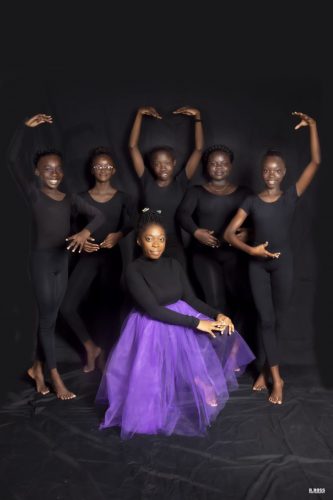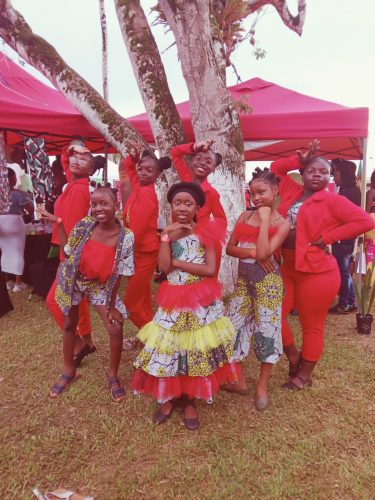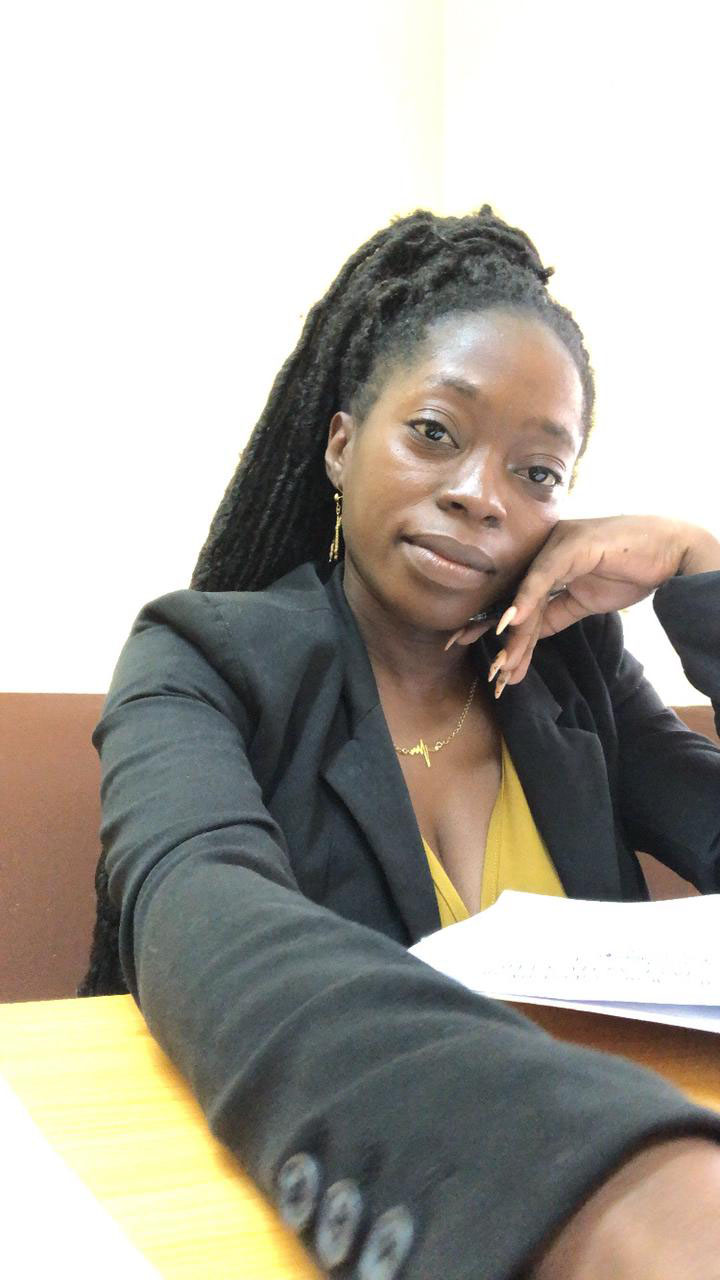“Many times I have had to reach out to dance to heal me from something that was bothering me. Last year in May, I lost my son, and when I came out of the hospital, my parents were like, ‘miss, why are you starting back dancing?’ [It was] because I didn’t know what else to do. So, I used dance to heal… because I didn’t want to become a mad person or a depressed person… Putting out that energy healed me, and I won’t stop dancing because of certain things. …Dance will forever be a part of me,” Keneisa Best said, tears trickling down her cheeks.
Best, with over a decade of teaching experience, is a dedicated educator specialising in social studies and geography. Despite her training, her genuine passion lies in the realm of creative arts, particularly dancing. Dance infuses her life with purpose, and the amalgamation of this passion with her role as a teacher has brought her fulfilment.

“Teaching is about helping the children to gain their confidence, understand who they really are as a person,” she emphasised, “rather than the highest score they can get in a test… While they need to matriculate to become someone in society, I also think they need to understand themselves. They need to know how to express themselves in a positive way.”
Having cherished dance since childhood, Best believes it to be a God-given talent. Her favourite time of the year is Mashramani; she expressed a deep admiration not only for the dance, but also the costuming used to help bring dances alive. It is a major part of her year where she guides her students in participating in the cultural activities. The festivities made her observe disparities in dance technique between her students and those from Georgetown, which she attributed to the exposure city children received at the National School of Dance (NSD). She pointed out that during dance competitions, clear differences in the quality of dance were evident.
Recognising the limited opportunities for children on the East Coast Demerara, Best took the initiative. Through the Institute of Creative Arts, she completed a teacher certificate programme in dance at the NSD. She graduated as valedictorian, with the aim to bridge the gap in dance education for East Coast children who couldn’t attend schools in Georgetown.
Amidst the pandemic, Best shared her dream with her husband, leading to the establishment of Best Arts Studio. The family home underwent renovation in 2020, serving as a 30th birthday gift to Best.
In November 2020, she inaugurated Best Arts Studio at 130 Vigilance, East Coast Demerara. The studio opened officially in February the following year. The pandemic afforded her additional time to fully realise the project and the extended period at home also enabled her to save effectively.
As a gesture of giving back, she selected five girls to attend the studio without charge, with the commitment that they could continue attending for free until they decide they no longer wish to pursue dance.
She emphasised that one of the guiding principles of Best Arts Studio is not the pursuit of perfection but rather providing children with the opportunity to express themselves through dance. Best clarified that her approach involves encouraging children to dance whenever an opportunity arises, fostering the development of confidence in themselves as dancers.Reflecting on a significant accomplishment, Best highlighted a collaboration with the United BrickLayers and the Ministry of Human Services and Social Security in an anti-bullying campaign. The initiative aimed to redirect children’s energies towards more positive outlets, such as dance or drama. Best shared that working with children prone to aggressive behaviour, teaching them to dance and emphasising its importance, played a crucial role in helping students open up and express themselves when they felt their voices were not being heard.

A listening ear was important to Best’s development. Her mom is one of her major sources of support. “I have never gone to my mom with an idea concerning me creating something for my passion, and she said, ‘No, it nah gonna wuk,’” Best said, smiling, while recalling her mom saying instead: ‘Yeah, do it. I see it. I got you!’ She proclaimed that her mom is one of the most supportive people in her life and added that both of her parents actually supported her dreams.
Her husband continued fostering this supportive environment and she mentioned that, for a short time, her passion projects also became his. She stated that once he sees the fruits of his labour, he steps back and allows her to take over the project. Best believes that the support in her life can move mountains and added that the sustainability of her studio is due to the immense support of her family.
She hopes that support can grow for more dance schools, and more children can have access to dance. She envisions the establishment of additional schools to cater to everyone interested in dancing, making it a more widely accessible activity rather than a centralised one.
As of now, Best continues to do what she loves, and her passion for dance remains unwavering.
“I’m made for the arts,” Best said, explaining that when she teaches dance, she sometimes forgets to eat due to being consumed by her love for the craft. Even while she was pregnant, people had tried to discourage her from teaching many students Mashramani choreography. “I don’t know what that had to do with it. Not even pregnancy can stop me from dancing,” she said.


